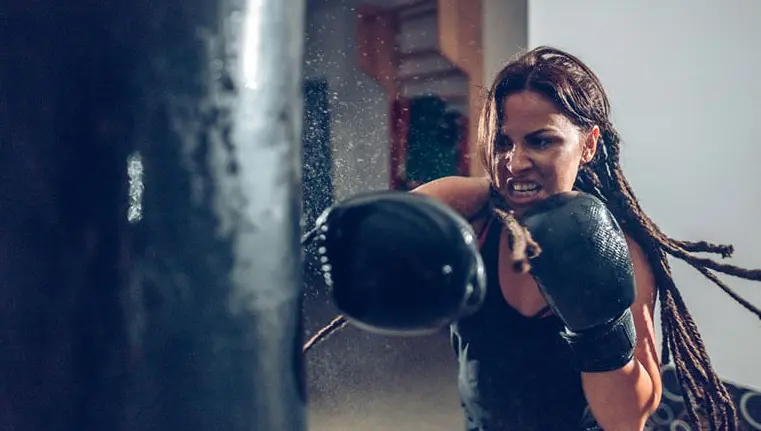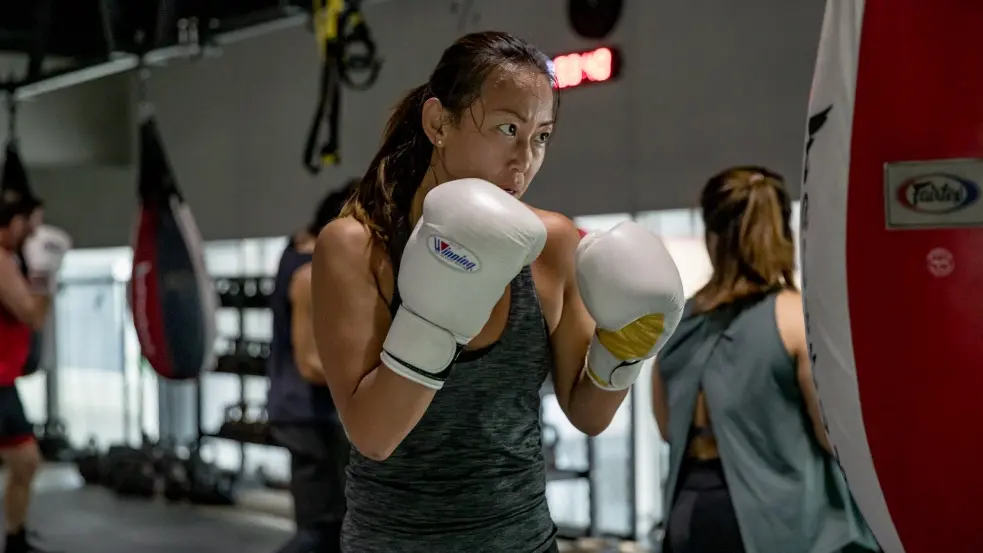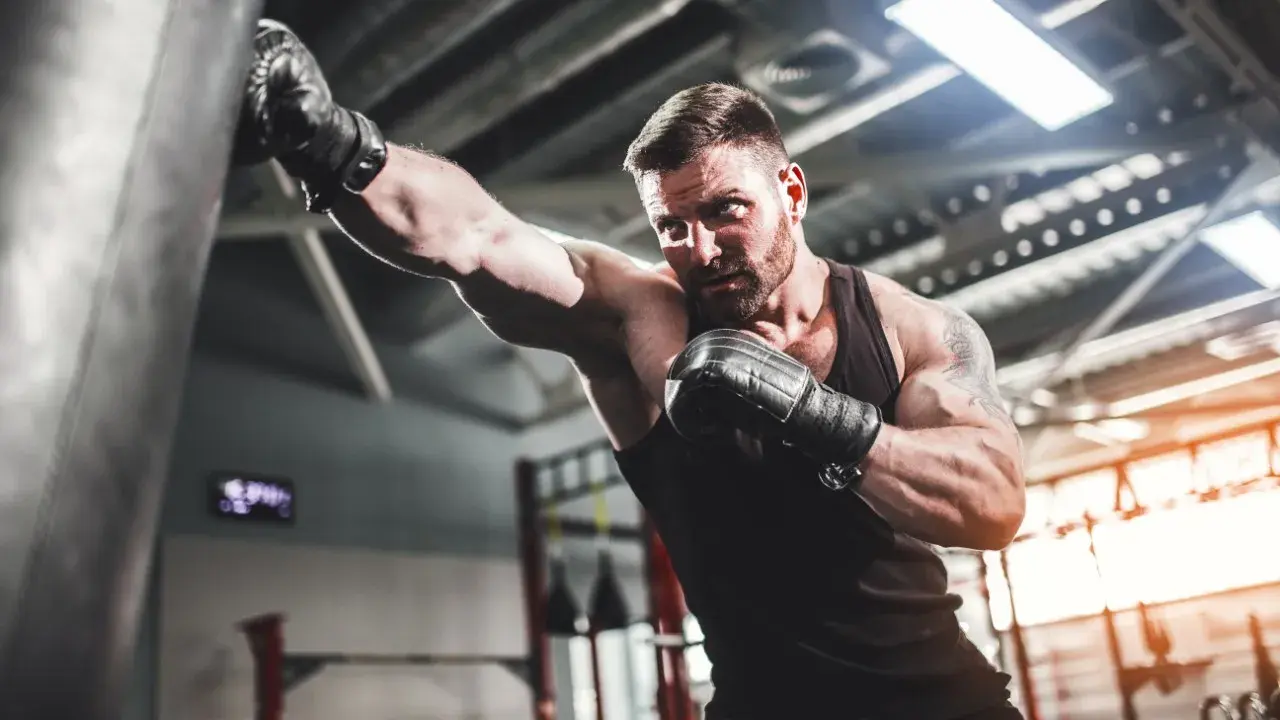Boxing: The Noble Art of Self-Defense: Boxing, often referred to as “The Sweet Science,” is one of the oldest and most celebrated combat sports in history. Known for its strategic depth, physical intensity, and storied legacy, boxing has captivated audiences worldwide for centuries. It involves two fighters, typically of the same weight class, competing in a ring, aiming to outscore or knockout their opponent using a combination of punches, footwork, and defensive maneuvers.
History of Boxing
Boxing’s origins can be traced back to ancient civilizations. The earliest depictions of boxing date to around 3000 BC in Sumerian carvings and later in Egyptian and Minoan artwork. The sport gained prominence in Ancient Greece, where it became a key event in the Olympic Games around 688 BC.
During the Roman Empire, boxing evolved into a brutal spectacle, often fought with leather thongs and later metal-studded gloves. However, the sport’s popularity waned with the fall of Rome and remained relatively dormant until the 17th century when it re-emerged in England as bare-knuckle fighting.
The modern era of boxing began in the late 19th century with the introduction of the Marquess of Queensberry Rules in 1867. These rules standardized the sport, introducing timed rounds, weight divisions, and the use of padded gloves, transforming boxing into the regulated and respected sport we know today.
Techniques and Training
 Boxing is not merely about throwing punches; it requires a blend of skill, strategy, and athleticism. Key techniques in boxing include:
Boxing is not merely about throwing punches; it requires a blend of skill, strategy, and athleticism. Key techniques in boxing include:
- Jab: A quick, straight punch with the lead hand, used to keep opponents at bay and set up combinations.
- Cross: A powerful straight punch with the rear hand, often following a jab.
- Hook: A semi-circular punch aimed at the sides of the opponent’s head or body.
- Uppercut: A vertical punch directed upwards towards the opponent’s chin.
- Footwork: Essential for positioning, evasion, and maintaining balance.
- Defense: Techniques such as slipping, bobbing, weaving, and blocking to avoid or deflect incoming punches.
Training for boxing is intensive, focusing on improving cardiovascular fitness, strength, speed, and agility. Boxers undergo rigorous routines including running, shadow boxing, heavy bag work, pad work, sparring, and strength conditioning exercises. Mental toughness and strategic thinking are equally crucial, as boxing is as much a mental battle as it is physical.
The Boxing Ring and Rules
A standard boxing ring is a square, typically ranging from 16 to 24 feet on each side, enclosed by four ropes. Professional matches are generally 12 rounds, each lasting three minutes, with one-minute rest intervals. Amateur bouts are shorter, often consisting of three rounds of three minutes each.
Fights are scored based on the number of clean punches landed, with judges evaluating each round. In professional boxing, a ten-point must system is used, where the winner of a round gets ten points and the loser nine or fewer. Knockouts (KO) or technical knockouts (TKO) can end the fight before the scheduled rounds if a boxer is deemed unable to continue.
Major Boxing Styles
Boxers often adopt different styles based on their strengths and strategies:
- Out-Boxer: Relies on speed and reach to stay on the outside, using jabs and quick combinations.
- Swarmer/Pressure Fighter: Aggressively moves forward, throwing a high volume of punches to overwhelm opponents.
- Counterpuncher: Waits for the opponent to attack, then capitalizes on openings with precise counters.
- Slugger: Uses powerful, heavy punches, often seeking a knockout with fewer but more devastating blows.
Notable Figures in Boxing History
Boxing has produced numerous legendary figures who have left an indelible mark on the sport:
- Muhammad Ali: Often regarded as the greatest boxer of all time, Ali was known for his exceptional skill, charisma, and humanitarian efforts.
- Mike Tyson: Famous for his ferocious style and knockout power, Tyson became the youngest heavyweight champion in history.
- Sugar Ray Leonard: Renowned for his speed and tactical brilliance, Leonard won titles in five weight divisions.
- Floyd Mayweather Jr.: Undefeated in his professional career, Mayweather is celebrated for his defensive prowess and ring intelligence.
- Manny Pacquiao: The only boxer to win titles in eight different weight divisions, Pacquiao is revered for his relentless style and charitable work.
Health Benefits of Boxing
 Boxing offers numerous health benefits beyond its competitive aspect:
Boxing offers numerous health benefits beyond its competitive aspect:
- Cardiovascular Health: High-intensity training improves heart health and endurance.
- Strength and Conditioning: Builds muscle strength, enhances agility, and improves overall fitness.
- Weight Management: Effective for burning calories and maintaining a healthy weight.
- Mental Health: Reduces stress, boosts confidence, and enhances focus and discipline.
- Self-Defense: Provides practical skills for personal safety and self-protection.
Boxing in Popular Culture
Movies like “Rocky,” “Raging Bull,” and “Creed” have depicted the drama and triumphs of boxing, capturing the sport’s enduring appeal. Boxing matches often draw significant media attention, with major bouts becoming global events.
Conclusion
Boxing, with its rich history, diverse techniques, and global appeal, remains one of the most revered sports in the world. Its blend of physical prowess, strategic depth, and cultural significance ensures that boxing will continue to captivate audiences and inspire new generations of fighters. Whether as a competitive sport, a means of fitness, or a form of self-defense, boxing endures as the noble art of self-defense.
For More Self Defense Guides, And Tips Please Visit Our Homepage.
